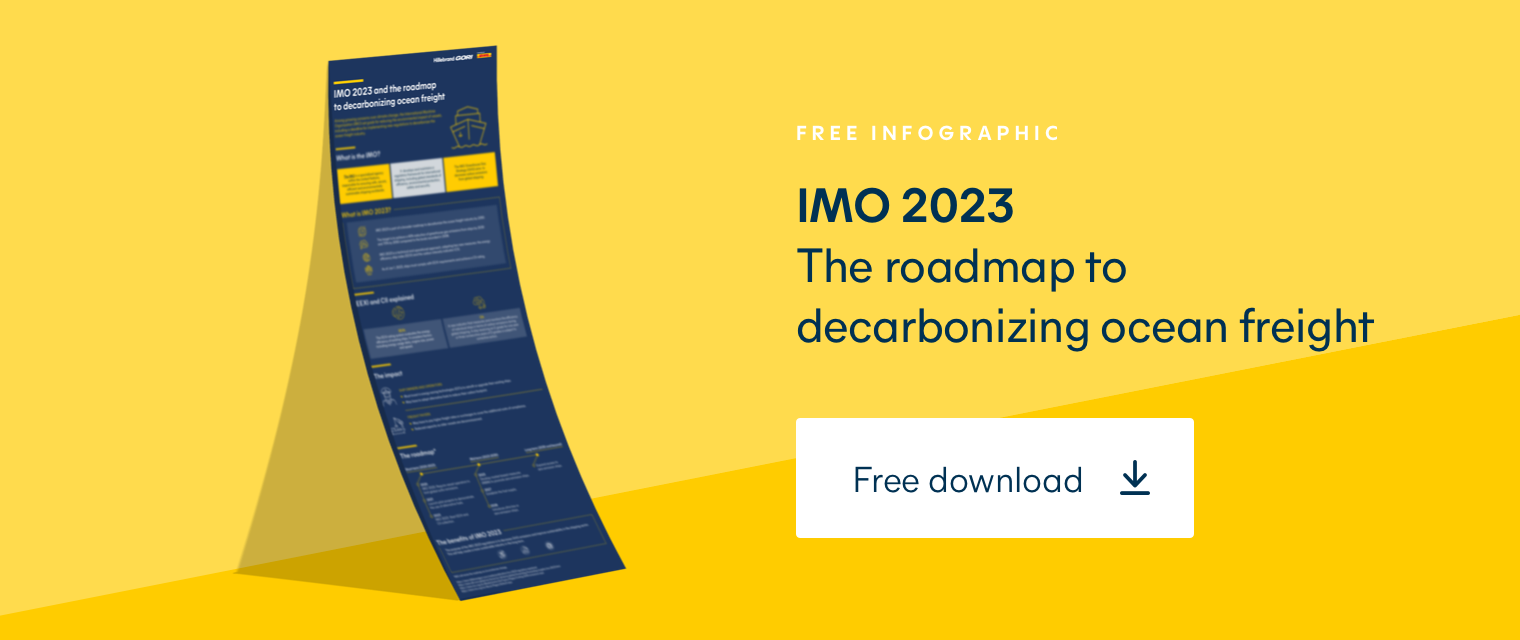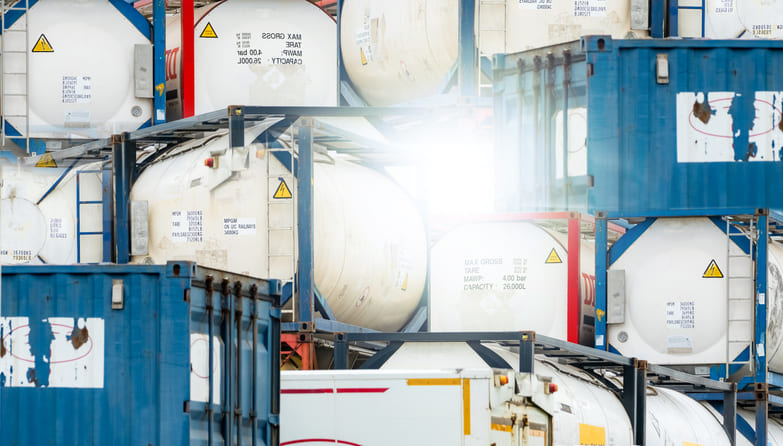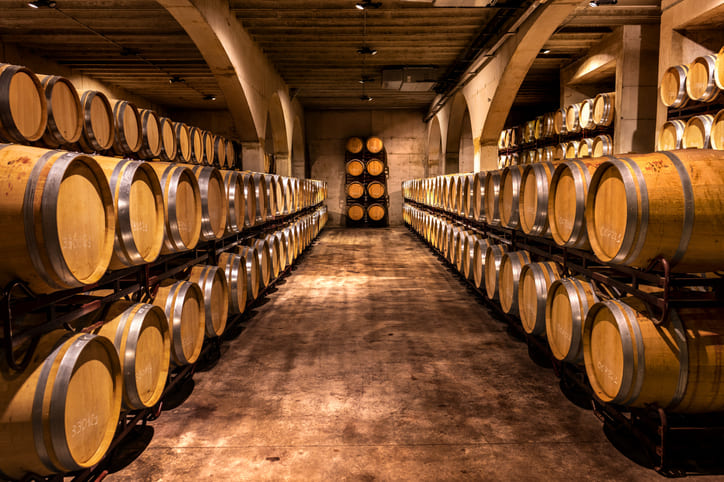IMO 2020: what it is and why it matters
After the 2020 International Maritime Organization (IMO) regulations went into effect, the maritime industry underwent a significant change.
The IMO 2020 regulation forces vessel operators to use cleaner marine fuels. It's a huge shift that will help reduce air pollutants and carbon dioxide emissions.
This is an important step towards creating a healthier, more sustainable marine environment.
What is IMO 2020 regulation about?
Since1st January 2020, the International Convention for the Prevention of Pollution from Ships (MARPOL) and theIMO require vessel operators to limit global sulphur emissions from the marine fuels burnt by ocean vessels.
What’s the purpose of the IMO 2020 regulation?
Referred to as the IMO 2020 regulation, their objective is to decrease air pollution from sulphur emissions around 70% globally by 2025 with the ultimate goal to significantly improve public health.
The projection is that the number of people effected by lung cancers, asthma and other pulmonary diseases will decrease. This regulation focuses on reducing sulphur emissions, which helps prevent acid rain, which adds toxins into wetlands causing harm to the habitats of aquatic creatures.
What are ocean carriers doing?
For ocean carriers, there are three ways to comply with the regulation:
- Use maximum 0.5% m/m sulphur fuels (MGO - Marine Gas Oil, or VLSFO - Very Low Sulphur Fuel Oil)
- Use scrubbers – Incorporate a device that cleans the gases from the ships engine and continue with IFO 380 fuel
- Use alternative energies, like LNG
What options are carriers choosing?
A few vessels are equipped with Scrubbers, although the majority of carriers will choose IMO 2020 compliant fuels as it becomes more widely available.
In most cases, carriers are opting for a mix of the technologies available.
Should I expect IMO 2020 regulation to have an impact on freight costs?
The impact of cost remains uncertain, given there are still question marks with regards to the availability of compliant fuels, quality and prices.
Expectations however, at this stage are that fuel cost will rise significantly for ocean carriers and as a result, increase the cost of shipping for freight payers. The current price for Low sulphur Fuel (LSF) is around $200 to $250 USD per ton higher than Intermediate Fuel Oil 380 (IFO 380).
On November 1 as an example, the difference is $235 in Rotterdam and $270 in Houston. All carriers have now communicated how they are updating their fuel surcharge formulas to reflect these incurred costs.
What’s Hillebrand Gori’s view of the IMO 2020?
Hillebrand Gori is committed to researching, creating, finding and implementing sustainable practices throughout its business as well as helping customers to calculate their pollutants emissions.
We support the IMO 2020 regulation fully and believe it is a positive step for anyone connected to global shipping.
The bunker formula?
Hillebrand Gori will apply a bunker formula which has been designed so that customers can anticipate how the evolution of fuel prices will affect transport costs.
Ocean carriers fuel their vessels in different ports depending on their contracts with refineries, the routes where they operate and the actual cost of fuel, which trades at different prices around the world. So that the bunker formula is easy to understand, Hillebrand Gori will refer to the Rotterdam market, sourcing fuel costs from Platts, Bunkerindex.com and shipandbunker.com.
As a rule, the formula consists of the actual price of fuel, which today is Very Low Sulphur Fuel Oil 0.5% (VLSFO), formally IFO 380 and trade factors. These “trade factors” include a vessels average capacity, transit times, average fuel consumption per day at sea as well as the Hillebrand Gori carrier strategy per given tradelane.
We implement “trade factors” by maritime route. For example, a 0.5 trade factor implies that a $10 fuel cost per ton increase means a $5 bunker increase per TEU.
Whilst Rotterdam fuel costs will be the reference as a rule, we will refer to the Houston prices for South America to North America, and to Singapore prices for Intra-Asia or Asia Oceania. Note, not all VLSFO 0.5% prices are available yet, due to it being a newly traded product.
This will however change in the weeks ahead.
How will Hillebrand Gori apply the bunker formula?
The formula allows for monthly updates and works on a delayed application.
Example:
- Month, January > The average fuel price for the entirety of January will be calculated
- Month, March > Bunker charged at the price based on the January calculation
A 50% premium will apply to refrigerated transports. The new Hillebrand Gori bunker formula reflected VLSFO 0.5% from 1st December.
Will emission control areas remain?
Ocean carriers are still obliged to burn ULTRA LSFO, at 0.1% m/m sulphur in Emission Control Areas (ECA).
This is the oil which is already referred to today by carriers for Low Sulphur Charge (LSC). The new bunker formula will not replace or cancel the current ECA LSC.
How will Hillebrand Gori support me in this transition?
Your account manager or sales representative will explain the regulation and the change in more details with you.
Speak to them about anything you are unclear on. Our goal is to make shipping easy for you and as with any regulation change, we will be open and honest about what’s to come.
Reach out to our team with any questions. We’re here to help.





